











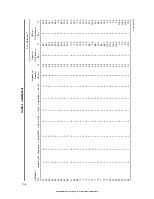
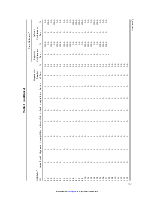
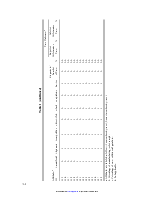
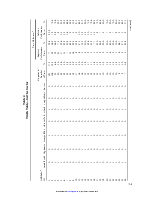
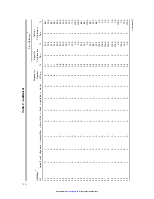

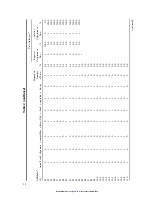
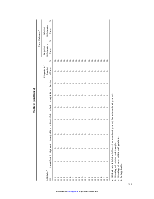

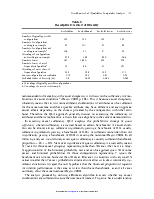
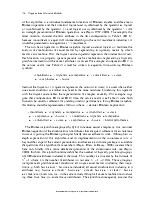
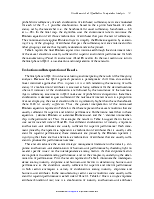
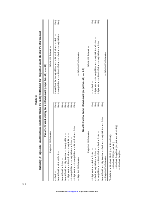

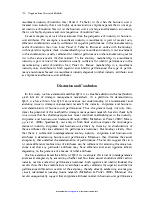
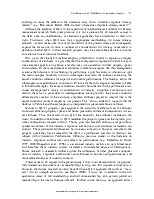
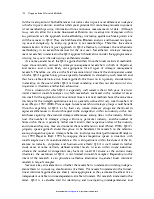
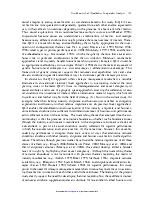
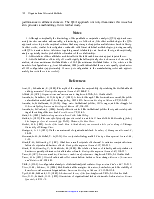
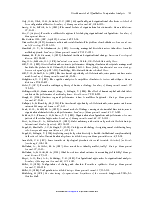

Organizational Research Methods
http://orm.sagepub.com/
Using Qualitative Comparative Analysis in Strategic Management Research : An
Examination of Combinations of Industry, Corporate, and Business-Unit Effects Thomas Greckhamer, Vilmos F. Misangyi, Heather Elms and Rodney Lacey
Organizational Research Methods 2008 11: 695 originally published online 24 July 2007
DOI: 10.1177/1094428107302907
The online version of this article can be found at:
 |
http://www.sagepublications.com
On behalf of:

The Research Methods Division of The Academy of Management
Additional services and information for Organizational Research Methods can be found at:
Email Alerts: http://orm.sagepub.com/cgi/alerts
Subscriptions: http://orm.sagepub.com/subscriptions
Reprints: http://www.sagepub.com/journalsReprints.nav
Permissions: http://www.sagepub.com/journalsPermissions.nav
Citations: http://orm.sagepub.com/content/11/4/695.refs.html
 Using Qualitative Comparative
Using Qualitative Comparative
Analysis in Strategic
Management Research
An Examination of Combinations
Organizational
Research Methods
Volume 11 Number 4
October 2008 695-726
© 2008 Sage Publications 10.1177/1094428107302907 http://orm.sagepub.com hosted at http://online.sagepub.com
of Industry, Corporate, and Business-Unit Effects
Thomas Greckhamer
Louisiana State University
Vilmos F. Misangyi
University of Delaware
Heather Elms
American University
Rodney Lacey
University of California, Davis
The authors present qualitative comparative analysis (QCA) as a viable method for strategic management research. Specifically, they demonstrate its ability to examine the potential interdependence and complexity among effects through a study of how industry, corporate, and business-unit attributes combine in determining business-unit performance. They present in an accessible manner the consecutive phases of the QCA approach by analyzing a sample of 2,841 cases of business-unit performance, and they examine the insights that the QCA analysis provides for this particular stream of literature. The authors conclude with a discussion of the benefits and limitations QCA poses for strategic management research more generally, including major contingencies under which QCA or linear methods may be more appropriate for strategy research.
Keywords: qualitative comparative analysis; firm performance; business-unit performance; strategy research
|
O |
ne of the most prominent and enduring questions addressed by strategic management researchers centers on the determinants of firm performance. This is perhaps most evident in the literature examining the relative importance of industry, corporate, and business-unit effects to business-unit performance. Indeed, since the seminal studies of Schmalensee (1985) and Rumelt (1991), a continuous stream of research has taken up this investigation (e.g., Bowman & Helfat, 2001; Brush & Bromiley, 1997; Hough, 2006; McGahan & Porter, 1997, 2002; Misangyi, Elms, Greckhamer, & LePine, 2006; Roquebert, Phillips, & Westfall, 1996; Short, Ketchen, Bennett, & Du Toit, 2006). At the heart
![]()
Authors’ note: We thank Joel Baum, Peer Fiss, Bill McKelvey, Hayagreeva Rao, as well as guest editor Dave Ketchen and three anonymous reviewers for their constructive comments on earlier drafts of this article. Please address correspondence to Thomas Greckhamer, Rucks Department of Management, 3173B CEBA, Louisiana State University, Baton Rouge, LA 70803; e-mail: tgreck@lsu.edu.
695
of this line of research is the fundamental debate over whether industry structural conditions (i.e., the IO economic view) or corporate and business-unit attributes and capabilities (i.e., the business strategy view) are the principal sources of profitability differences across firms (Rumelt, 1991). Despite the import of this work to strategic management, the literature offers equivocal conclusions to the relative importance of these effects (Bowman & Helfat, 2001). This is in part due to the limitations of the statistical methodologies employed to investigate this issue—primarily variance components analysis and analysis of variance—which are now well documented (Bowman & Helfat, 2001; Brush & Bromiley, 1997; Brush, Bromiley, & Hendrickx, 1999; McGahan & Porter, 2002).
Perhaps the only enduring point of consensus during the last three decades of research in this literature has been that industry, corporate, and business-unit effects are not independent, and that this condition presents a serious challenge for general linear methodologies given their assumption that effects are independently generated. The most recent contributions to this literature have focused on this nonindependence between effects and have attempted to formally incorporate it into their analyses (Hough, 2006; McGahan & Porter, 2002; Misangyi et al., 2006; Short et al., 2006). These attempts, however, remain limited by a continued reliance on general linear models. For example, one limitation of the crossnested hierarchical linear modeling approach employed by Misangyi et al. (2006) is that ‘‘the non-independence between business-segment and industry effects is not fully incorporated’’ (p. 580). These limitations of general linear models to fully incorporate the relationships among industry, corporate, and business-unit factors in large part led McGahan and Porter (2002) to suggest that ‘‘while there are ways to continue to learn from this research, its limits suggest that the time has come to explore whole new approaches’’ (p. 850).
The purpose of the current study is to present strategic management researchers with a methodology that specifically focuses on, and is able to address, the interdependence of causal effects. To accomplish this objective, we illustrate how qualitative comparative analysis (QCA; Ragin, 1987, 2000) may be used to study the sufficiency of combinations of industry, corporate, and business-unit attributes for the occurrence of superior or inferior business-unit performance. Rather than trying to understand the relative independent contribution of each of the various industry, corporate, and business-unit level effects to performance, this research approach instead examines what combinations of industry, corporate, and business-unit attributes are necessary and/or sufficient for superior or inferior performance. For example, instead of ‘‘How much does corporate strategy matter
Уважаемый посетитель!
Чтобы распечатать файл, скачайте его (в формате Word).
Ссылка на скачивание - внизу страницы.